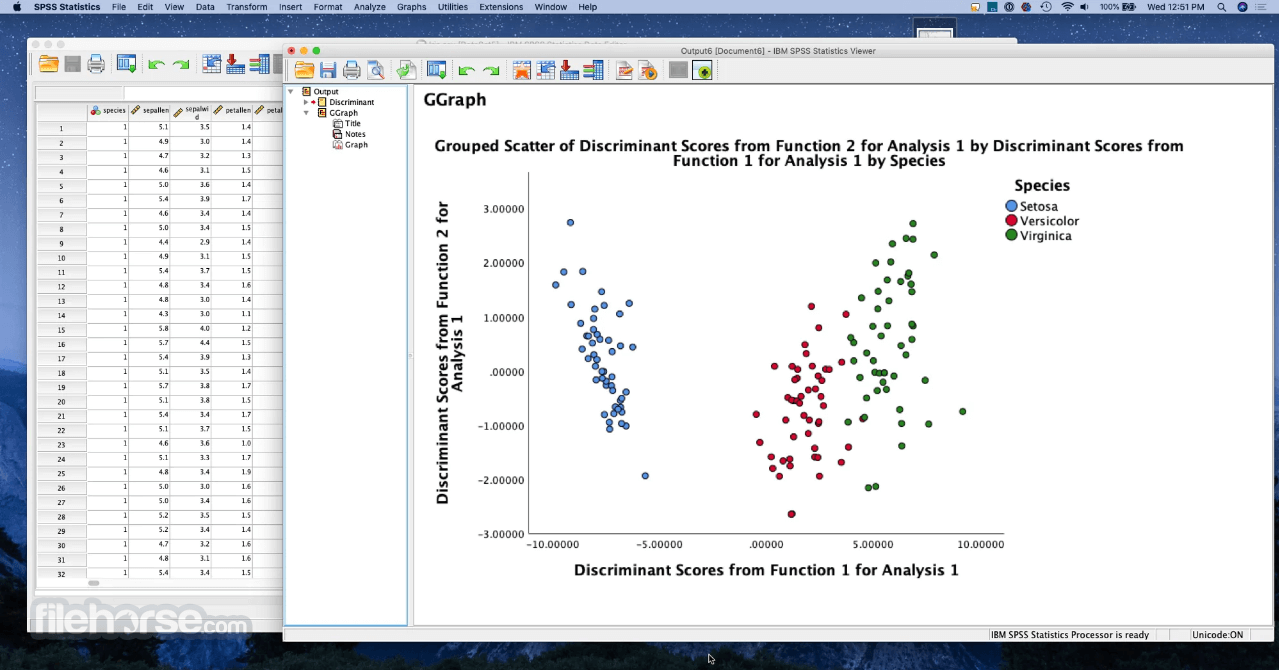

Several hamster species are kept as pets in millions of households worldwide. Efficient transmission from inoculated to naïve hamsters by direct contact and aerosol has also been reported 6, 7. Golden Syrian hamsters ( Mesocricetus auratus) are widely used as a COVID-19 animal model, as they efficiently support SARS-CoV-2 replication and display pathological manifestations similar to human COVID-19 pneumonia, such as focal diffuse alveolar destruction, hyaline membrane formation, and mononuclear cell infiltration 5, 6. COVID-19 has been studied extensively since, and the incubation time in humans has been calculated as 6.4 days for the initially described virus variants 1, 2, while the estimated minimum infective dose (MID) for humans has been calculated to be approximately 10 2 tissue culture infectious dose 50 (TCID 50) 3, 4.

To date, more than 528 million confirmed Coronavirus Disease 2019 (COVID-19) cases and more than 6.2 million deaths have been reported globally since the initial detection of severe acute respiratory syndrome coronavirus 2 (SARS-CoV-2) in December 2019 ( 28th May 2022). This compelling high susceptibility leading to productive infections in Golden Syrian hamsters must be considered as a potential source of SARS-CoV-2 infection for humans that come into close contact with pet hamsters. Virological and histological data revealed 1 * 10 2 TCID 50 as the optimal dose for experimental infections. 1 * 10 −3 TCID 50 was defined as the MID, and this was still sufficient to induce virus shedding at levels up to 10 2.75 TCID 50/ml, equaling the estimated MID for humans. Body weight and virus shedding were monitored daily.

To determine the minimum infective dose (MID) for assessing the zoonotic transmission risk, and to define the optimal infection dose for experimental studies, we orotracheally inoculated hamsters with SARS-CoV-2 doses from 1 * 10 5 to 1 * 10 −4 tissue culture infectious dose 50 (TCID 50). Millions of Golden Syrian hamsters are also kept as pets in close contact to humans. Golden Syrian hamsters ( Mesocricetus auratus) are used as a research model for severe acute respiratory syndrome coronavirus type 2 (SARS-CoV-2).


 0 kommentar(er)
0 kommentar(er)
